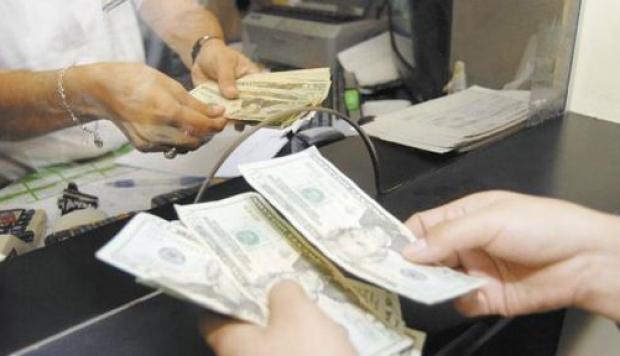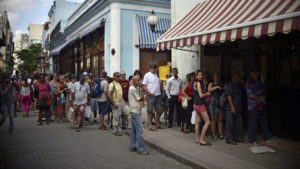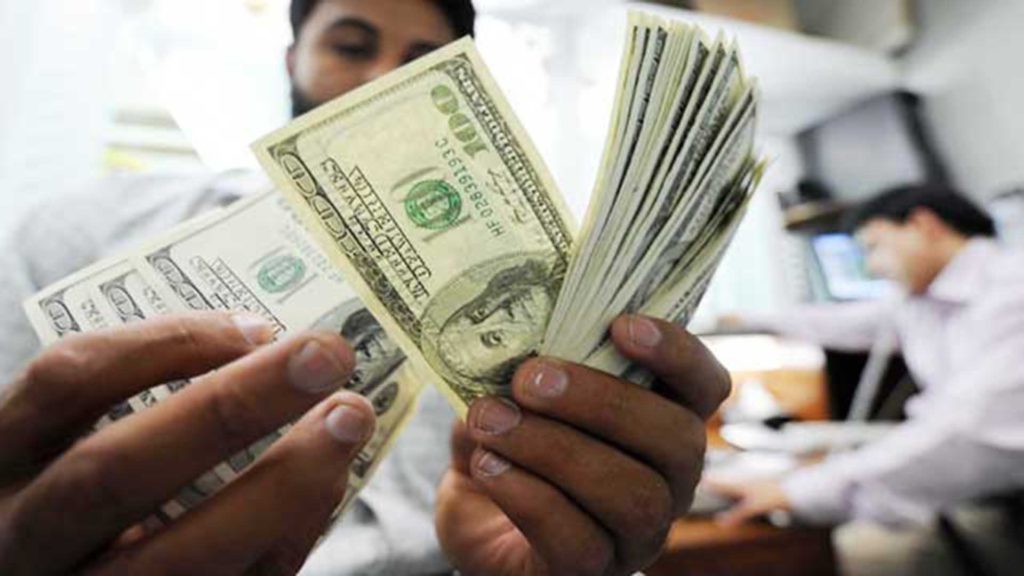With a Cuban banking system with poor infrastructure and technology necessary to provide services to the remittance market from abroad, which only from the US totaled some $ 3,575 million in 2017, some 100 million more than in 2016 (3,444 million), ” half a million Cuban entrepreneurs inserted in the private sector generate thousands of daily transactions that do not pass through the Cuban banks because there are no conditions for this, “said Emilio Morales, president of the Havana Consulting Group, they are based in Miami, in a report published by the EFE agency.
The Havana Consulting Group (THCG), highlighted in a report the “accelerated transformation” experienced by the Cuban remittance market, until 2008 focused mostly on paying for family support or the needs of footwear and clothing.
A large part of these daily transactions go through the “payment networks of the remittance agencies and others travel through informal channels,” Morales added in the report.
A financial activity that, according to the expert, causes the Cuban bank to “stop earning” tens of millions of dollars every year “for not having the adequate technological and digitized infrastructure to offer these services”. Currently, there is no bank transfer system between US financial institutions and Cuban banks, and Cubans have “limited access to tools” that allow them to receive money directly in their bank accounts.
In this context, Cuban banks have a “great opportunity to insert themselves in remittance payment networks” and be able to “create formal channels so that Cuban entrepreneurs can carry out commercial transactions through banks”.
In fact, in the last eight years, the use of remittances has been diversified to cover other needs of Cubans such as the mobile phone, the costs of an Internet account, finance vacations or make investments for a business. Even the purchase of cars or spare parts, the payment of mortgages, medical insurance or private teachers for admission to the university are needs that today cover remittances that come from the US, where more than 90% of the shipments.
The forecasts of the THCG suggest that remittances from the United States will amount in the year 2025 to 5,285 million dollars.
However, this economic scenario of “transformation, diversification and growth” of the family remittances market is affected by a banking system that lacks the adequate infrastructure to offer adequate services and payment channels.
The THCG has identified seven new ways of using remittances for the next eight years, in addition to the 14 existing ones: payment of water, electricity or mortgage, cruise vacations, medical insurance, purchase or rental of vehicles and the payment of cable or satellite television.
A number of new “modalities” that, in the opinion of the expert, will have a “strong dynamic in the market and represent a great business opportunity for Cuban banking.” Family remittances are one of the Government’s main sources of income. In recent years they have managed to exceed the income of several strategic sectors of the state economy, such as the export of nickel, sugar, tobacco, medicines and even tourism.
LOS CUBANOS ENVIARON DESDE EEUU A LA ISLA (2017) UNOS $3,575 MILLONES DE DOLARES.
Con un sistema bancario cubano con una pobre infraestructura y tecnologia necesaria para prestar servicios al mercado de remesas desde el extranjero, que solo desde EEUU totalizaron en 2017 unos $3.575 millones de dólares, unos cien millones más que en 2016 (3.444 millones), “medio millon de empresarios cubanos insertados en el sector privado generan miles de transaciones diarias que no pasan por los bancos cubanos por no existir las condiciones para ello” indico Emilio Morales, presidente del Havana Consulting Group, son sede en Miami, en un reportaje que publica la agencia EFE.
The Havana Consulting Group (THCG), resaltó en un informe la “transformación acelerada” que ha experimentado el mercado de remesas cubano, hasta 2008 centrado en su mayor parte en costear el sustento familiar o las necesidades de calzado y ropa.
Una gran parte de esas transacciones diarias pasan por las “redes de pago de las agencias de remesas y otras viajan por vías informales”, agregó Morales en el informe.
Una actividad financiera que, según el experto, hace que la banca cubana “deje de ganar” decenas de millones de dólares todos los años “por no tener la infraestructura tecnológica y digitalizada adecuada para ofrecer estos servicios”. Actualmente no existe un sistema de transferencia bancaria entre instituciones financieras estadounidenses y bancos cubanos, y los cubanos tienen un “limitado acceso a herramientas” que les permita recibir dinero directamente en sus cuentas bancarias.
En este contexto, los bancos cubanos disponen de una “gran oportunidad para insertarse en las redes de pagos de las remesas” y poder “crear canales formales para que los emprendedores cubanos puedan realizar transacciones comerciales a través de los bancos”.
De hecho, en los últimos ocho años, el uso de las remesas se ha ido diversificando hasta cubrir otras necesidades de los cubanos como el teléfono móvil, los costos de una cuenta de Internet, financiar las vacaciones o realizar inversiones para un negocio. Incluso la compra de autos o de piezas de repuestos, el pago de hipotecas, de seguros médicos o a profesores particulares para el ingreso en la universidad son necesidades que hoy cubren las remesas que entran de EEUU, desde donde se realiza más del 90% de los envíos.
Las previsiones del THCG apuntan a que las remesas procedentes de Estados Unidos ascenderán en el año 2025 a 5.285 millones de dólares.
Sin embargo, este panorama económico de “transformación, diversificación y crecimiento” del mercado de remesas familiares se ve afectado por un sistema bancario que carece de la infraestructura adecuada para ofrecer los servicios y canales de pago adecuados.
El THCG ha identificado siete nuevas modalidades de uso de las remesas para los próximos ocho años, que se suman a las 14 existentes: pago del agua, la electricidad o la hipoteca, vacaciones en cruceros, seguro médico, compra o alquiler de vehículos y el pago de la televisión por cable o satélite.
Un número de nuevas “modalidades” que, en opinión del experto, van a tener una “fuerte dinámica en el mercado y representan una gran oportunidad de negocio para la banca cubana”. Las remesas familiares son una de las principales fuentes de ingresos del Gobierno. En los últimos años han conseguido superar los ingresos de varios sectores estratégicos de la economía estatal, como la exportación de níquel, el azúcar, el tabaco, los medicamentos e incluso el turismo.
Agencies/EFE/DDC/THCG/Internet Photos/Extractos/ Arnoldo Varona/ TheCubanHistory.com
THE CUBAN HISTORY, HOLLYWOOD.









